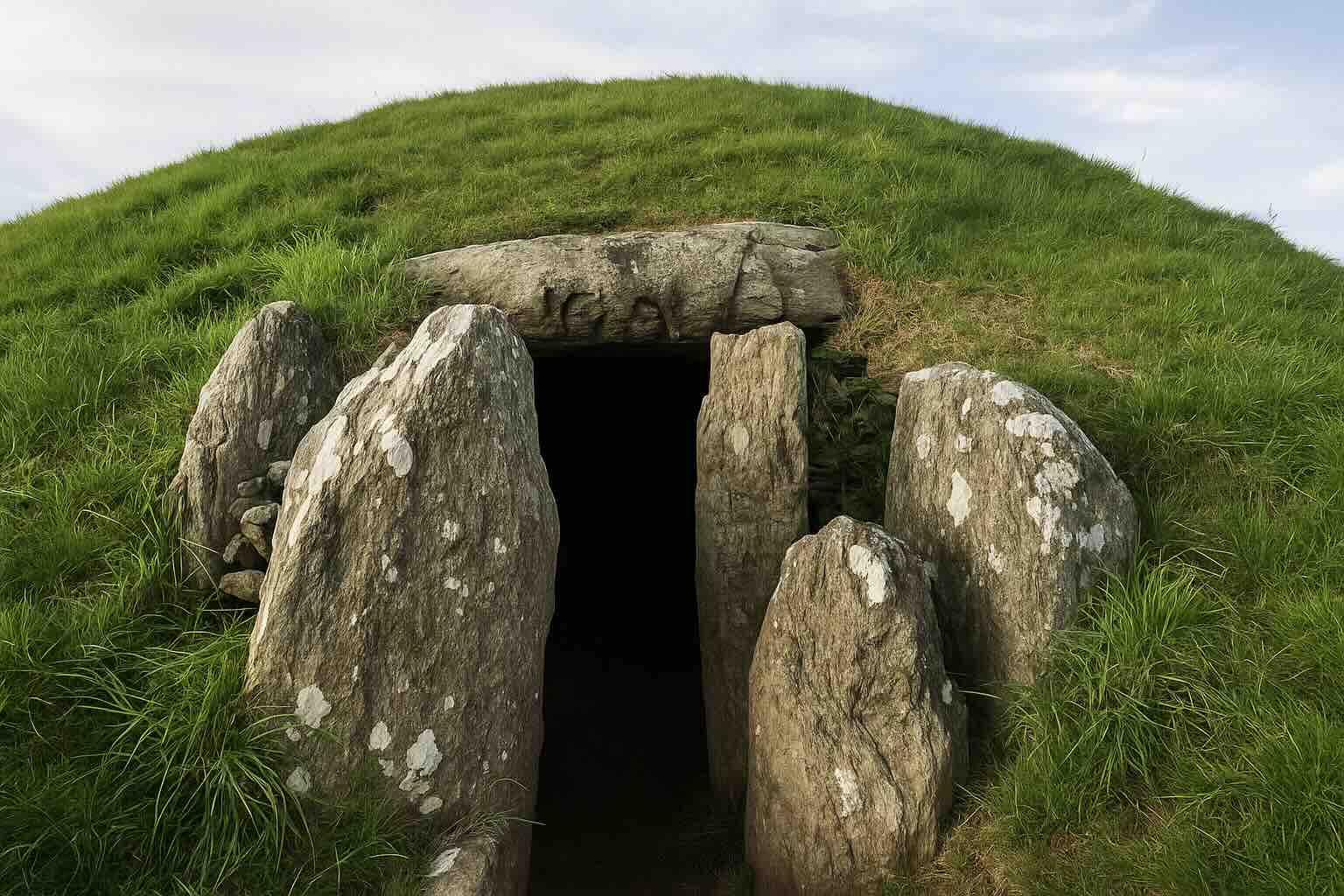Archaeologists in southern Spain have unearthed a remarkably well-preserved ancient stone tomb dating back 5,000 years. Found in Malaga, the massive structure measures about 42 feet in length and is packed with cultural treasures that promise to shed light on ancient customs and beliefs.
“We could be looking at one of the most monumental and complete dolmens in all of Andalusia,” said Serafín Becerra, professor at the University of Cádiz. A dolmen refers to a megalithic stone structure used in prehistoric burial practices. Project co-director Eduardo Vijande added that the tomb’s exceptional preservation “will allow us to better understand the lifestyles and beliefs of these communities.”
A monumental structure full of secrets
The tomb’s architecture is as impressive as its scale. Standing stones—known as orthostats—reach more than six feet high, dividing the interior into several chambers. Each compartment may hold new insights into funerary practices across the southern Iberian Peninsula during the third millennium BCE.
Inside, researchers discovered ossuaries containing human remains along with a variety of grave goods. Among the artifacts were exotic materials such as ivory, amber, and seashells, as well as intricately crafted flint tools, including arrowheads, large blades, and even a rare halberd—a two-handed axe-like weapon symbolizing status and power.
Design and construction of the dolmen
“The entire dolmen was also covered by large horizontal stone slabs,” explained Eduarda Vijande Villa, associate professor of prehistory at the University of Cádiz and co-director of the excavation. “Above this covering, a tumulus made of sand and small stones was built to complete the structure.”
This monumental construction indicates significant engineering knowledge for its time, as well as coordinated social effort—suggesting the community that built it valued collective ceremonies and remembrance.
Cultural connections and long-distance trade
Alongside its architectural marvels, the tomb provides clear evidence of trade and cultural exchange. Juan Jesús Cantillo, another professor at the University of Cádiz, noted that the discovery of seashells deep inland “reflects the prestige associated with the sea and the existence of long-distance exchange networks.”
These findings imply that even 5,000 years ago, communities across the Iberian Peninsula maintained far-reaching connections, exchanging goods and ideas across vast regions.
Dolmens across the world
Dolmens like the one discovered in Malaga are not unique to Spain. Similar stone monuments have been found throughout Europe and Asia, often serving multiple purposes beyond burials. Some were ritual sites, others territorial markers, and a few even offered shelter to ancient travelers.
Spain’s own “Spanish Stonehenge,” the 7,000-year-old Dolmen of Guadalperal—usually submerged beneath water—has drawn global attention during droughts when it becomes visible. Meanwhile, England’s 5,000-year-old Arthur’s Stone, built with nine massive upright stones weighing around 27 tons, remains another iconic example of early megalithic engineering.
What this discovery means for archaeology
The Malaga dolmen stands as one of the most significant archaeological finds in recent years. Its remarkable preservation offers researchers a rare opportunity to study how ancient societies in southern Spain lived, honored their dead, and connected with distant cultures.
As studies continue, this discovery may not only rewrite parts of Iberian prehistory but also deepen our global understanding of how early humans expressed community, memory, and identity through monumental architecture.
